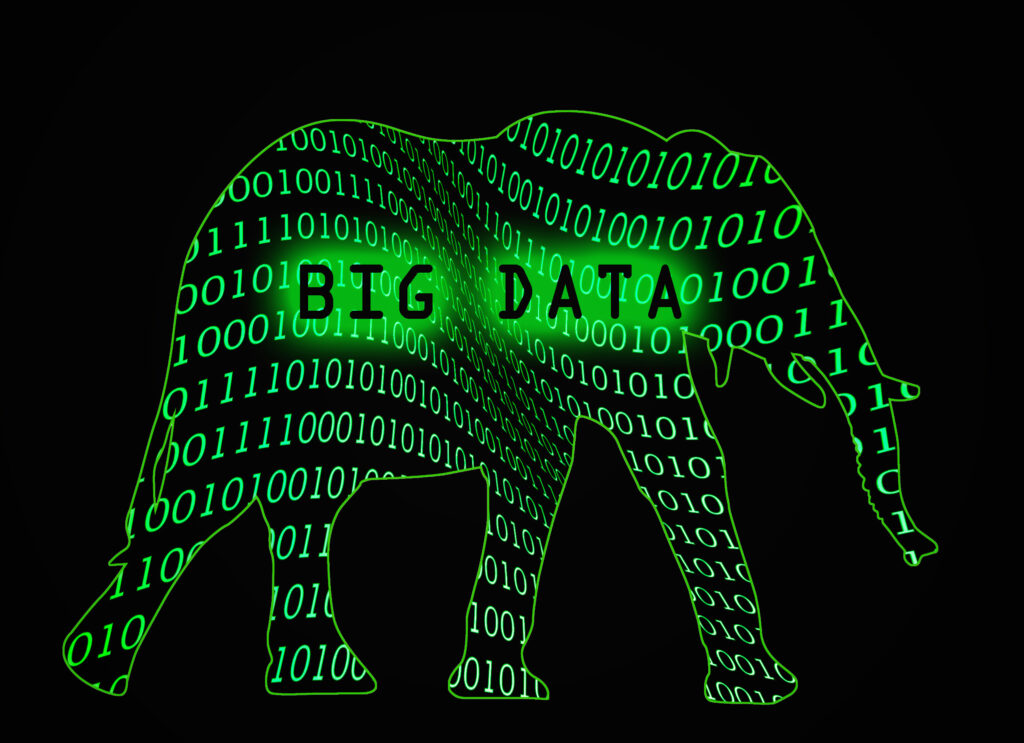The CrowdStrike outage occurred in July 2024 and had significant repercussions across various industries, but its impact on healthcare and medical imaging systems was particularly pronounced. This event underscored the critical dependency of the healthcare sector on cybersecurity solutions like CrowdStrike, which provide essential protection against cyber threats. The outage exposed vulnerabilities and disrupted critical operations in hospitals, clinics, and imaging centres, delaying patient care and causing widespread concern among healthcare professionals and patients alike.
Introduction to CrowdStrike and Its Role in Healthcare
CrowdStrike is a leading cybersecurity company known for its innovative solutions in endpoint protection, threat intelligence, and cyberattack detection and response. Healthcare organisations rely heavily on these services to safeguard sensitive patient data and ensure the uninterrupted operation of their systems. Due to the vast amount of sensitive data it handles, including patient records, diagnostic information, and billing details, the healthcare industry is a prime target for cybercriminals.
The Outage: What Happened?
In July 2024, CrowdStrike experienced a significant outage, affecting many of its customers across different sectors, including healthcare. The exact cause of the outage was a technical malfunction within CrowdStrike’s cloud infrastructure, which led to a temporary but widespread disruption of its services. This disruption left many organisations, including those in healthcare, without access to critical cybersecurity tools, exposing them to potential cyber threats.
Impact on Healthcare and Medical Imaging Systems
Delays in Patient Care
One of the most immediate and concerning effects of the CrowdStrike outage was the delay in patient care. Many healthcare providers rely on real-time data from various systems, including electronic health records (EHRs) and medical imaging systems, to make informed decisions about patient treatment. The outage disrupted these systems, causing delays in accessing patient information and processing diagnostic images. This, in turn, delayed diagnoses and treatments, potentially compromising patient outcomes.
Disruption in Medical Imaging Services
Medical imaging systems are crucial in diagnosing a wide range of conditions, from fractures to cancers. These systems are often connected to a network of devices and databases that store and analyse images. The CrowdStrike outage disrupted these networks, leading to significant delays in image processing and analysis. Radiologists and other healthcare professionals found themselves unable to access the tools they needed to interpret images, which led to delays in reporting findings to referring physicians.
Increased Risk of Cyber Threats
With the outage rendering CrowdStrike’s cybersecurity services unavailable, healthcare organisations were suddenly more vulnerable to cyber threats. This period of vulnerability was a major concern, especially given the rising incidents of ransomware attacks targeting healthcare institutions. The absence of CrowdStrike’s protective measures heightened the risk of data breaches and unauthorised access to sensitive medical information. Many healthcare organisations had to implement emergency protocols to mitigate these risks, including disconnecting certain systems from the internet and restricting access to critical data.
Communication Breakdown
Effective communication is essential in healthcare settings, particularly in coordinating patient care across different departments and facilities. The CrowdStrike outage disrupted internal communication systems that rely on secure networks, complicating efforts to share information quickly and securely. This communication breakdown affected day-to-day operations and posed risks to patient safety, as critical information about patient conditions and treatment plans could not be shared promptly.
Financial Impact
The financial impact of the CrowdStrike outage on healthcare organisations was significant. The delays in patient care and disruption of services led to a loss of revenue, particularly for private practices and imaging centres that depend on a steady flow of patients. The costs associated with implementing emergency cybersecurity measures, managing the backlog of cases, and addressing potential data breaches added to the financial burden. Some healthcare providers may also face legal and regulatory consequences if patient data is compromised during the outage.
Lessons Learned and Future Preparedness
Importance of Redundant Systems
The CrowdStrike outage highlighted the importance of having redundant systems in place. Many healthcare organisations were caught off guard by the extent of the disruption, revealing a lack of adequate backup plans. Moving forward, it is crucial for healthcare providers to develop and implement redundant cybersecurity and IT systems that can take over in the event of a primary system failure. This could involve using multiple cybersecurity vendors or developing in-house capabilities to complement third-party services.
Need for Comprehensive Incident Response Plans
The incident also underscored the need for comprehensive incident response plans that include provisions for cybersecurity service outages. These plans should outline steps to be taken in the event of an outage, such as activating backup systems, notifying stakeholders, and implementing additional security measures. Regular training and drills should be conducted to ensure that staff are prepared to respond effectively to such incidents.
Enhanced Focus on Cybersecurity in Healthcare
The outage reminds us of the critical importance of cybersecurity in healthcare. With the increasing digitisation of healthcare systems, the need for robust cybersecurity measures has never been greater. Healthcare organisations must prioritise cybersecurity at all levels, from investing in advanced security technologies to training staff on best practices. Regular security audits and vulnerability assessments should be conducted to identify and address potential weaknesses in the system.
Vendor Management and Contracts
Another key lesson from the CrowdStrike outage is the importance of carefully managing vendor relationships and contracts. Healthcare organisations should ensure that their contracts with cybersecurity vendors include provisions for service continuity and compensation in the event of outages. Maintaining regular communication with vendors to stay informed about potential risks and receive timely updates during incidents is also important.
Conclusion
The CrowdStrike outage in July 2024 was a significant event with far-reaching implications for the healthcare sector. It disrupted critical operations, delayed patient care, and exposed healthcare organisations to increased cyber risks. However, it also provided valuable lessons that can help healthcare providers improve their resilience to such incidents in the future. By investing in redundant systems, developing comprehensive incident response plans, enhancing cybersecurity measures, and carefully managing vendor relationships, healthcare organisations can better protect themselves and their patients from the effects of similar outages in the future.
Disclaimer
The information provided in this article is intended for general informational purposes only and reflects the understanding of the situation as of the date of publication. Open Medscience does not represent or warrant that the content is complete, accurate, or up to date. The article does not constitute professional advice, whether medical, legal, cybersecurity, or otherwise, and should not be relied upon as such.
All references to the CrowdStrike outage, its causes, and its impact on healthcare systems and medical imaging are based on publicly available sources and industry reports. The authors have made reasonable efforts to ensure accuracy, but cannot guarantee the reliability of third-party information. No liability is accepted for any loss or damage arising from reliance on this content.
Mention of specific companies, products, or services does not imply endorsement. Readers are encouraged to consult qualified professionals and official sources for advice tailored to their specific circumstances. Any views expressed in the article are those of the authors and do not necessarily reflect the official position of Open Medscience or its affiliates.
You are here: home » diagnostic medical imaging blog »



